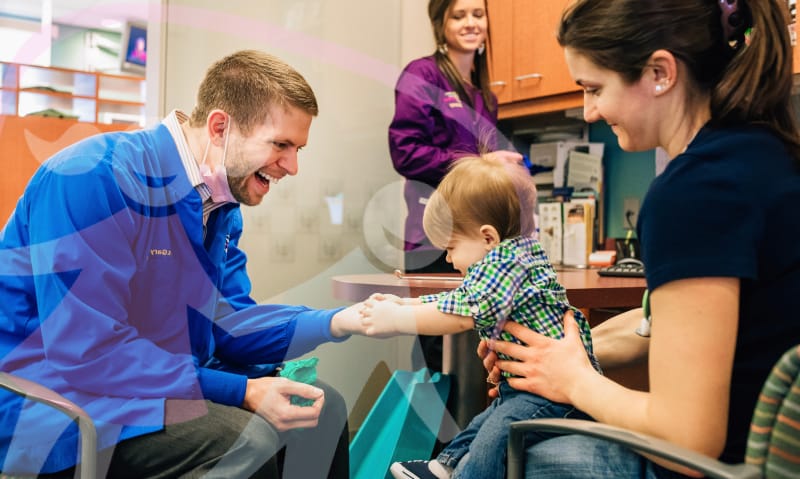Sedation Dentistry for Children: 4 Top Questions Answered

Most adults—and kids—know that going to the dentist is a far better experience than it used to be. With modern dental technology, today’s dentists can provide an experience in the dental chair that is safe, comfortable, and often painless. But for some, this knowledge isn’t enough. And for some kids, their anxiety can get the best of them, making the notion of a trip to the dentist something that has them running in the other direction.
Thankfully, sedation dentistry is making dental anxiety a thing of the past. So, if you are a parent with questions about sedation dentistry for your child, don’t fret because we have the answers.
Answers To The Questions We Commonly Get About Sedation Dentistry For Children
Parents often ask us about the various ways we can help alleviate their child’s anxiety when it comes to visiting the dentist. Sedation dentistry, combined with other tips to help keep your child calm at the dentist, is often a solution for kids with other health concerns or disabilities. Check out our list of frequently asked questions and answers so you can make a more informed decision on whether or not this option is right for your child.
1. What is sedation dentistry?
The goal of sedation dentistry is to reduce stress and perceived pain. Your child’s medical history, disposition, and other factors will determine the type of sedation dentistry that is best for their particular dental procedure. The two types of sedation dentistry used by Omaha Pediatric Dental Specialists are:
- Nitrous oxide
- General anesthesia
Nitrous oxide, also commonly referred to as laughing gas, keeps the patient both awake and aware. With this type of sedation, your child will wear a mask over their nose and will be asked to breathe deep. In just a few moments, they will feel more relaxed, as though the edge has been taken off. This method carries the least amount of risk and is safe for both adults and children.
General anesthesia is administered through an IV into the arm. The IV provides a steady flow of medication that keeps your child asleep throughout their entire dental procedure. Our team is professionally trained in the process so parents can feel at ease knowing their child will be closely monitored throughout the process.
2. When is nitrous oxide used vs. general anesthesia?
Now that you know the most common types of sedation dentistry used for children, the next natural question to ask is when each method is used. As a rule of thumb, dentists will use some form of localized anesthesia for the following dental treatments:
- Fillings
- Tooth extractions
- Crowns
- Dental emergencies
- Gum disease treatment
But sedation dentistry may be in order for children with special needs or severe dental anxiety. Your child’s dentist will usually discuss this option with you for bigger or longer procedures as well and will partner with you on the best plan for their needs. If your dentist recommends sedation dentistry for your child, be sure to ask any questions you might have. The best pediatric dentist will take the time to not only answer those questions, but also to fully explain the procedure being recommended and to make sure that you, the parent, are comfortable with the plan. If your child’s dentist doesn’t take the time to do this, consider it a red flag and seek a second opinion.
3. How do I prepare for my child’s sedation dentistry appointment?
Prepare for your child’s appointment similarly to any other medical appointment. Have your child dress comfortably and have them bring a favorite toy, such as a stuffed animal or their favorite blanket. Also be sure to follow instructions provided by their pediatric dentist in advance. Adherence to specific diet instructions is of the utmost importance to avoid unnecessary complications during the appointment.
4. How do I care for my child after sedation dentistry?
Your child’s pediatric dentist will provide specific post-care instructions for any treatment that your child receives. Further, ensure your child is under constant supervision after treatment. Be aware that their mouth and part of the surrounding area may be numb for a few hours after treatment. In some cases, kids will want to bite or rub their faces afterwards. Try to prevent them from doing so.
Omaha Pediatric Dental Specialists are experts in sedation dentistry for kids.
We understand that all children have unique needs and require personalized treatment for their oral care. Whether your child has special needs, a disability, dental anxiety, or any other unique requirement, our team is here to help. We specialize in pediatric dentistry and offer four convenient locations in Omaha, Grand Island, Hastings, and North Platte. Request an appointment with one of our offices today.